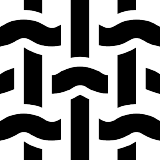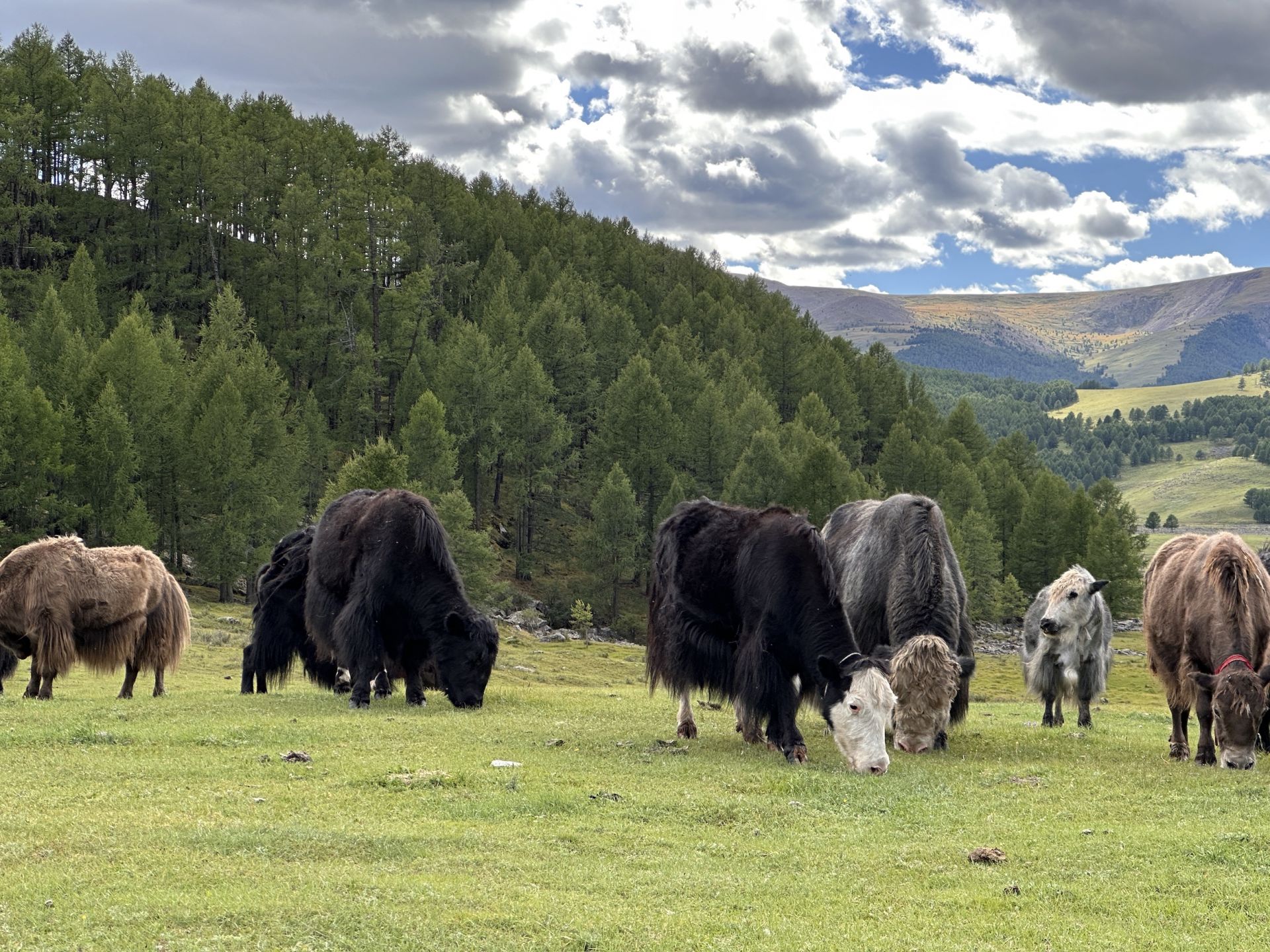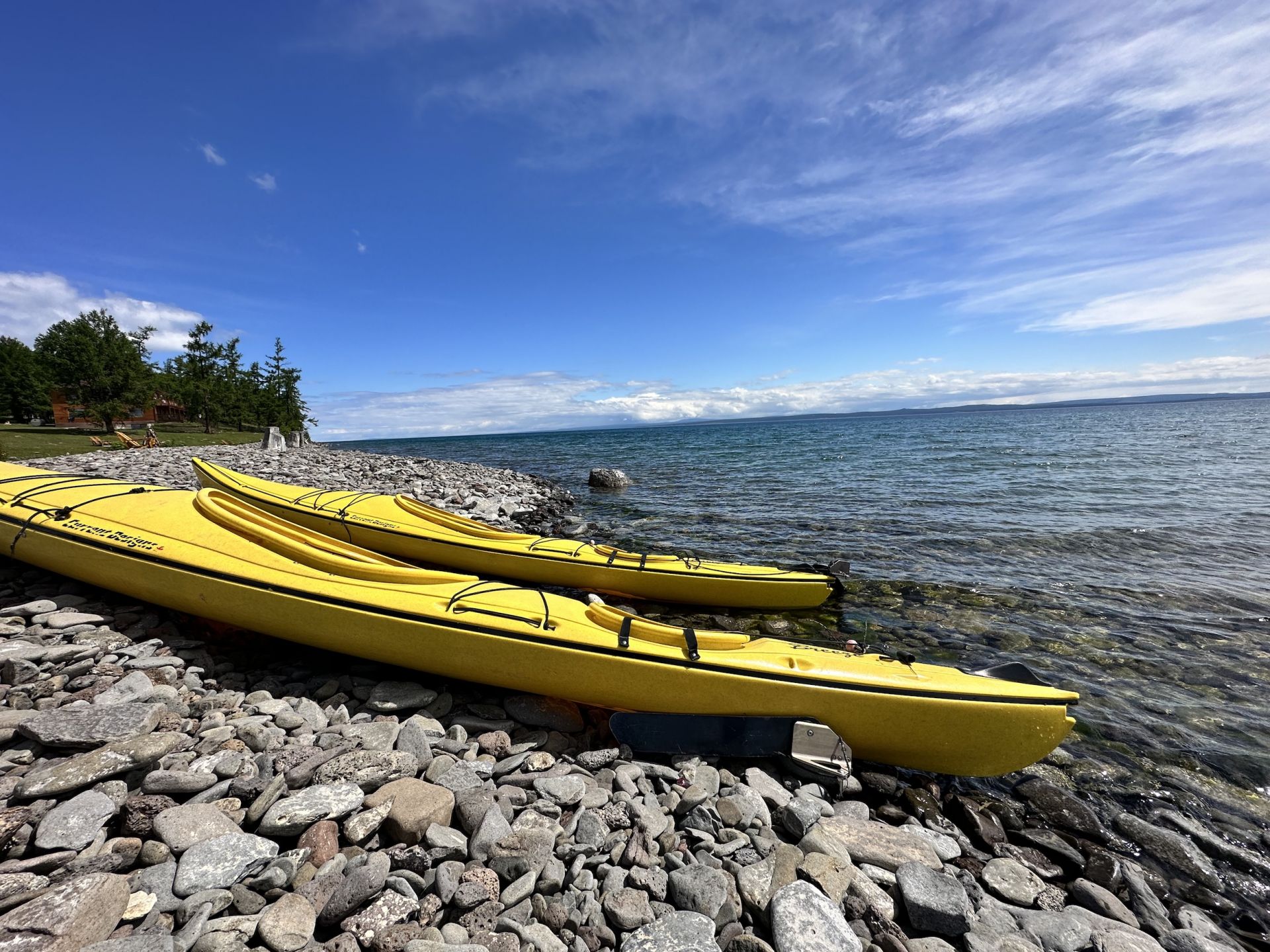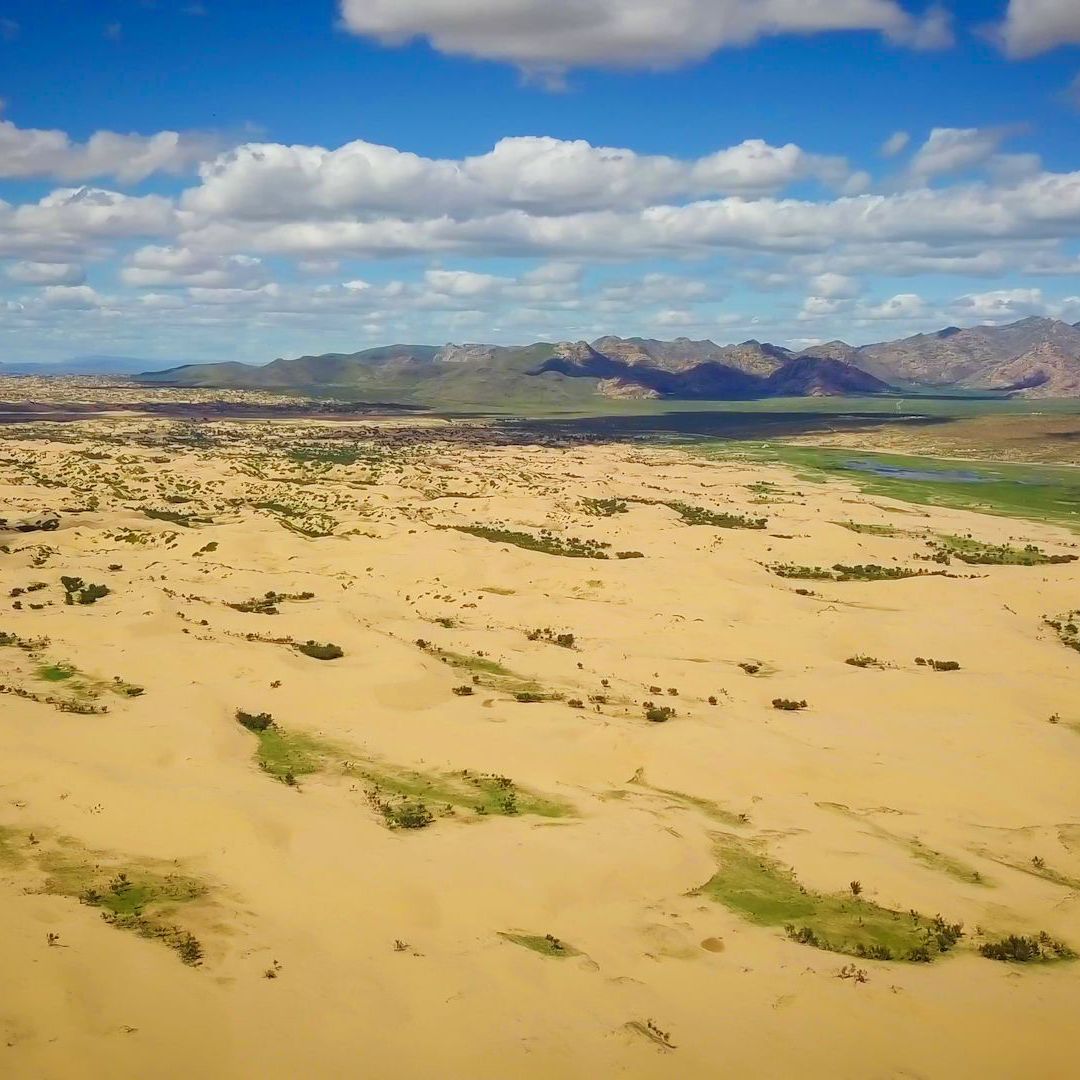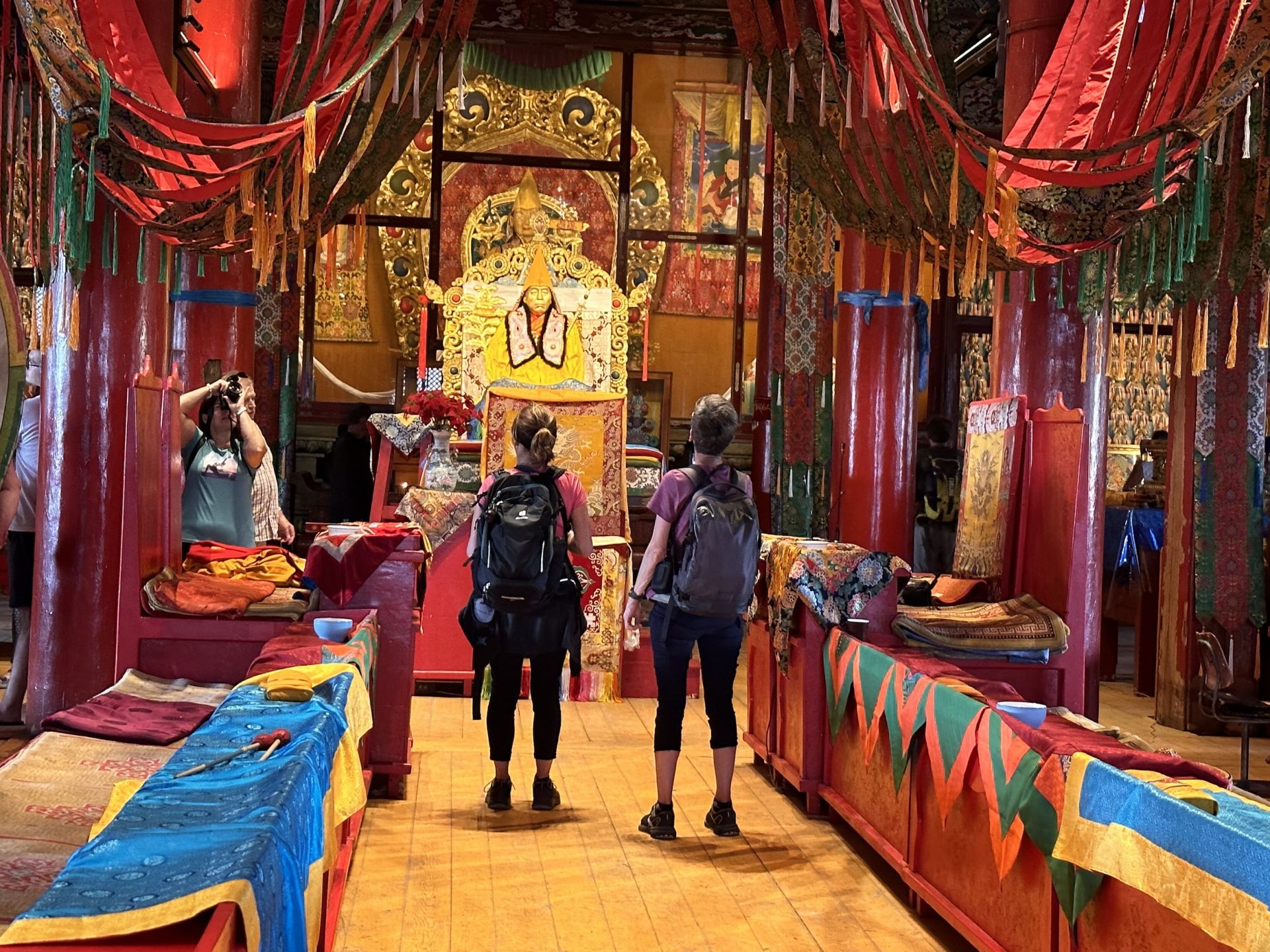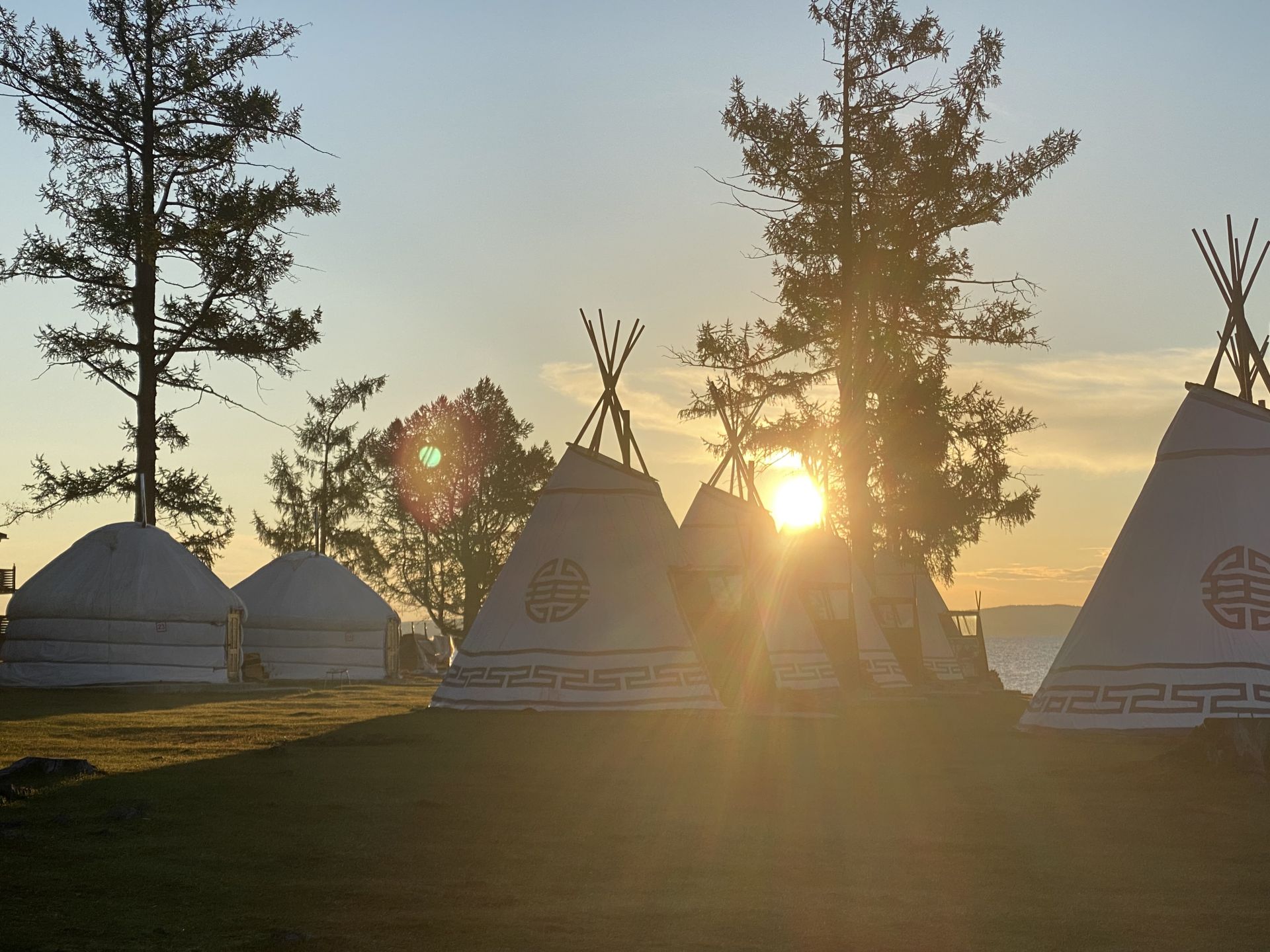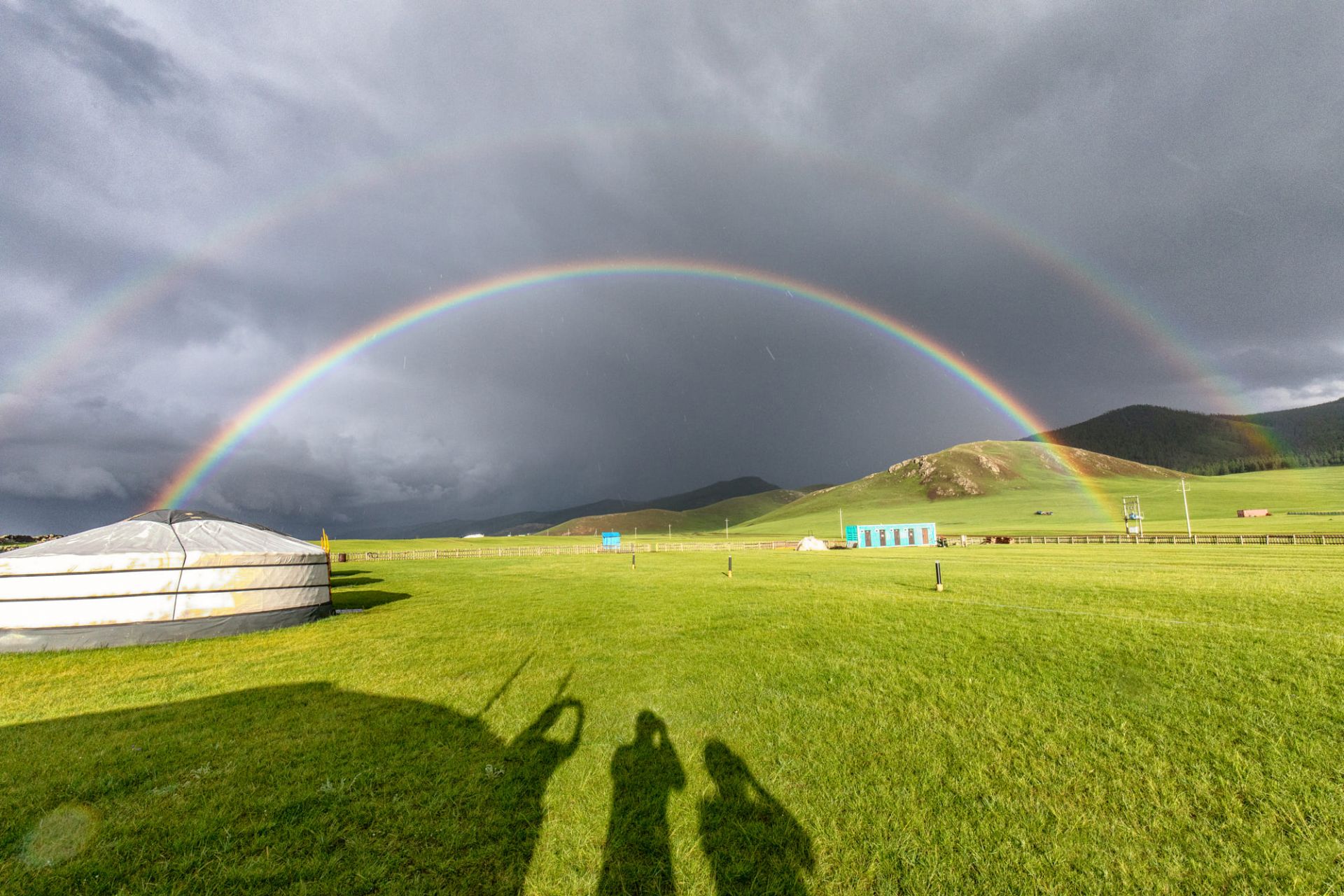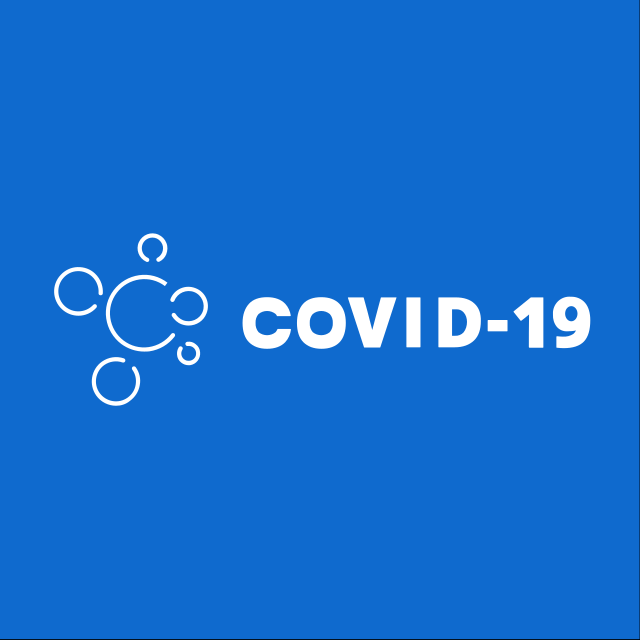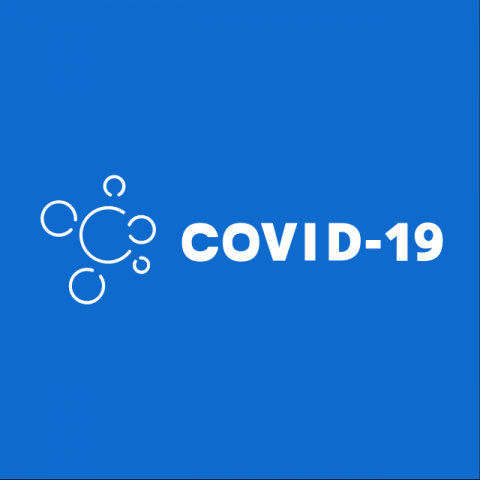Central Mongolia with Khuvsgul lake
We are offering you the opportunity to experience the most beautiful sections of our nation on this tour. Mongolia is a diverse country with many wonderful sites to visit all throughout the country. The world-famous Gobi Desert, with its two-humped Bactrian camels, the ancient Mongolian capital Karakorum and its temple Erdene Zuu, Asia's second-largest freshwater lake, and nomadic culture and livestock, are just a few of the breathtaking features. As a result, you will travel across Mongolia's center and northern areas, seeing the grandeur of this unique country as well as the beautiful sunrises and sunsets on offer each day. Here, you can enjoy the stunning and lush nature, swim in freshwater lakes, hike endlessly, and visit numerous notable cultural places, among other things. This is an amazing way to get a taste of nomadic living.SIE MÖCHTEN IHRE MASSGESCHNEIDERTE REISE ZUSAMMENSTELLEN?
We prepare creative and innovative programmes according to your wishes and your budgetPRICE
A Journey Through the Wild and the Timeless
Embark on an unforgettable adventure through Mongolia, a land of contrasts and wonders. From the world-famous Gobi Desert, home to the iconic two-humped Bactrian camels, to the ancient capital of Karakorum and its historic Erdene Zuu Monastery, every step of this journey is filled with awe-inspiring beauty.
Explore Asia’s second-largest freshwater lake, immerse yourself in the nomadic culture, and witness the daily life of herders tending to their livestock. As you travel through Mongolia’s central and northern regions, you’ll be captivated by the grandeur of this unique country, with its breathtaking sunrises and sunsets painting the sky each day.
Hike through lush landscapes, swim in crystal-clear freshwater lakes, climb endless hills, and visit iconic cultural sites that tell the story of Mongolia’s rich history. This is your chance to experience the essence of nomadic living—simple, authentic, and deeply connected to nature.
Route
Ulaanbaatar-Elsen Tasarkhai sand dune-Erdene Zuu Monastery-stay in a nomadic family/White Lake/volcano Khorgo-Khuvsgul Lake/kayaking and relaxing.
Day 1. Ulaanbaatar
Day 2. Elsen Tasarkhai, "Little Gobi Desert"
Day 3. Karakorum/Erdene Zuu Monastery
Days 4. and 5. Khorgo-Terkhiin Tsagaan Nuur National Park: A Nomadic Experience
Day 6 Northern Mongolia
Days 7. and 8. Khuvsgul lake
Day 9. Domestic flight to Ulaanbaatar
Get ready for an adventure that will leave you inspired, refreshed, and in awe of Mongolia’s wild and timeless beauty.
ITINERARY
Day 1. Ulaanbaatar
The international flight to Ulaanbaatar, Mongolia, determines the departure date. Arrive at Ulaanbaatar's Chinggis Khaan Airport. Our tour guide will meet you at the airport. Check into your hotel. There is a short city trip in the afternoon. Accommodation: 4-star hotel with complimentary breakfast.
Day 2. A little oasis in central Mongolia.
Our destination for the day is Elsen Tasarkhai, also known as the "Little Gobi Desert," a unique belt of sand dunes in central Mongolia's steppes. We arrive around lunchtime, settle into a neighboring ger camp, and then head off to explore the surrounding area. It's breathtaking to observe Bactrian camels roaming the sandy dunes as horses graze on the neighboring lush steppe. We have the option of riding a Bactrian camel or horse. Accommodation: Gercamp. Meals: B, L, and D.
Day 3. Karakorum/Monastery Erdene Zuu
Today is our fifth day in Karakorum. In Kharkhorin Soum, there is a lovely little museum that displays everything that has been discovered historically from the many periods of Mongolian history, from the Stone Age to the Mongolian Empire. Karakorum, the capital of the Mongolian Empire in the 13th century, was built on the remains of the former capital of King Ugudei, son of the famous Chinggis Khaan. The city was conveniently placed at a junction of historic routes, serving as a staging area for migratory nomads and commercial caravans. Foreign envoys and notable clergy traveled to this city to meet with the Mongol Empire's king. There is also a lovely monastery known as Erdene Zuu. The monastery was built between the years of 1585 and 1586. It is without a doubt Mongolia's oldest Buddhist monastery. It is listed on the UNESCO World Heritage List under the category "Orkhon Valley cultural landscape." After seeing the 3rd Dalai Lama and declaring Tibetan Buddhism the state religion of Mongolia, Prince Abtai Han, a Khalh leader and Zanabazar's grandfather, ordered its construction in 1585 outside the ruins of Kharkhorin. The monastery was destroyed by communists in 1939 as part of a purge that resulted in the disappearance of hundreds of monasteries in Mongolia and the deaths of over 10,000 lamas. Three temples and the outside wall with the stupas were preserved; the temples were converted into museums in 1947. This monastery is still a functioning Buddhist monastery and a museum open to visitors today. Accommodation: Gercamp. Meals: B, L, and D.
Days 4 and 5: National Park Khorgo and Terkhiin Tsagaan Nuur
Khorgo National Park and Terkhiin Tsagaan Nuur are two of central Mongolia's natural features. White Lake (2060 m) and the dormant volcano Khorgo (2100 m) are two well-known sights in the national park. It was protected because of its outstanding alpine landscape and endangered flora and animals.
Khorgo is one of the most impressive and accessible volcanoes in this area. The clean-water lake developed 8,000 years ago when lava flows from volcanoes blocked the Terkh Rivers from the north and south. The lake is well-known for its fish and bird species, which include the endangered ruddy shelduck and great cormorant. Rare flower and pine tree species flourish in the black volcanic soil, and old lava flows crisscross the alpine meadow, which is home to alpine fauna. We will spend two days with nomads to get a sense of the nomadic lifestyle and true nomadic culture. You can help herd cattle, produce dairy goods, milk yak cows, collect fertilizer, and so on. The nomadic households keep a spare ger for their visitors, which is simply and comfortably furnished. A guest family is providing lodging. Accommodation: A guest family. Meals: B, L, and D.
Day 6. Jargalan Village, Northern Mongolia
We go north through beautiful larch woods to the region of Khuvsgul, Mongolia's northernmost and most water-rich province. There are options to walk or simply relax in nature. A tea in front of the yurt, enjoying the silence, closes the day before we retreat to our ger. Accommodation: gercamp. Meals: B, L, and D.
Days 7. and 8. The Blue Pearl of Mongolia
Our adventure continues to Khuvsgul, one of the world's purest lakes. The lake is Asia's second-largest freshwater lake, holding about 70% of Mongolia's fresh water and 0.4% of the world's fresh water. The Khuvsgul is renowned as the "blue pearl of Mongolia" because of its crystal-clear water. 99 springs and rivers feed into the lake, while only one river flows out of it, the Eg River. In addition, the lake is surrounded by high mountains covered with thick taiga. It is 136 kilometers long and 38 kilometers wide, and it is located about 1600 meters above sea level in the heart of the Siberian taiga forest and among spectacular sheer granite mountains. We provide hikes, mountain climbs, flower watching, and simply relaxing and enjoying nature. Accommodation: gercamp. Meals: B, L, and D.
Days 9. Flight to Ulaanbaatar
We travel early in the morning to Murun, the administrative center of the northern Khuvsgul province. Today we boarded a flight back to Ulaanbaatar. We still have time to tour Ulaanbaatar after we arrive, and we have the option of buying souvenirs and other Mongolian natural items. We go to a folklore concert in the evening, which includes traditional music, dance, singing, a contortionist, and the famed throat singing. Accommodation: 4-star hotel with breakfast included.
Day 10. Departure
Transfer to Chinggis Khaan International Airport or the railway station for your departure from Mongolia.


